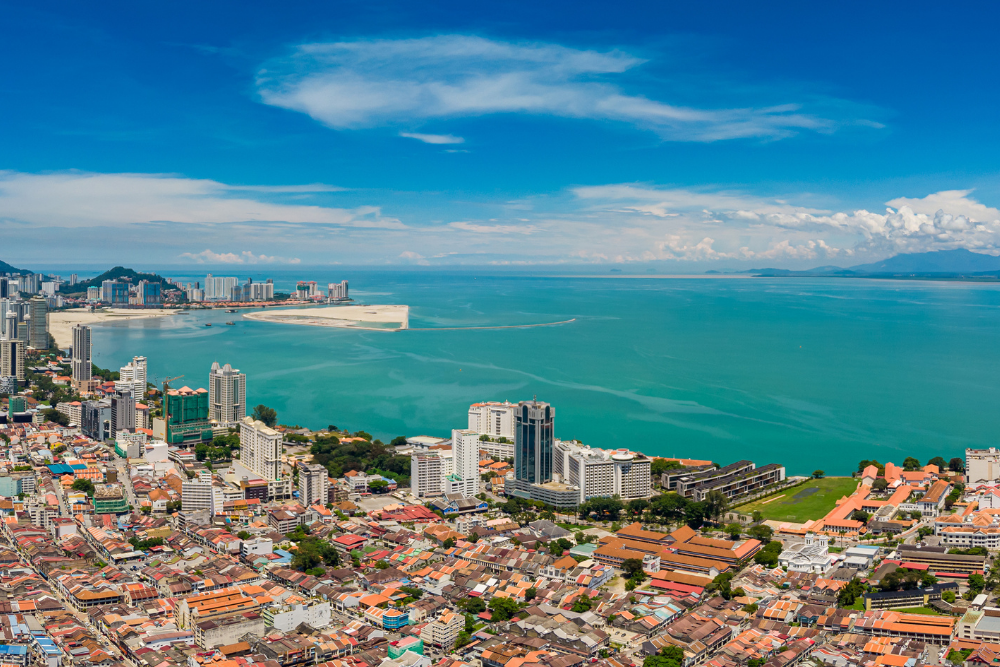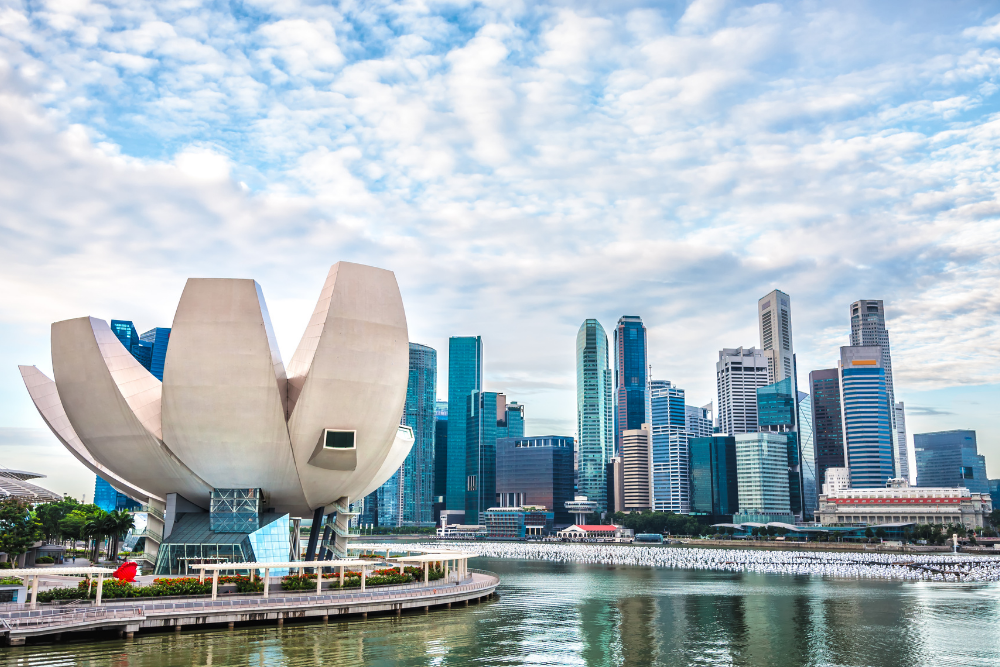The history of Malaysia is deeply intertwined with its colonial past, and one of the most significant chapters in this history is the formation and evolution of the Straits Settlements. The Straits Settlements played a crucial role in shaping Malaysia’s modern development, its economy, and its cultural identity. Comprising a series of British-controlled territories, the Straits Settlements became an important hub for trade, commerce, and cultural exchange in Southeast Asia during the 19th and early 20th centuries.
In this article, we’ll explore the history of the Straits Settlements in Malaysia, examining its origins, its role within the British Empire, and its lasting impact on Malaysia today.
1. Origins of the Straits Settlements
The Straits Settlements were a group of British territories located along the southeastern coast of the Malay Peninsula. The formation of these settlements can be traced back to the early 19th century, when the British sought to establish a stronger foothold in Southeast Asia, particularly to protect their interests in trade routes to China and India.
The Founding of Penang (1786)
The story of the Straits Settlements begins with the founding of Penang by Captain Francis Light in 1786. Light, an officer in the British East India Company, convinced the Sultan of Kedah to cede the island of Penang to the British in exchange for protection against the Siamese. Penang quickly became a key trading port for the British, attracting merchants and settlers from all over the world, including the Chinese, Indians, and Malays.
Penang’s strategic location along the Strait of Malacca allowed it to become an important port for British trade, and it soon gained prominence as a hub for commerce between Europe, India, and Southeast Asia. The establishment of Penang marked the first British presence in the region, which would later evolve into the broader Straits Settlements.
The Establishment of Singapore (1819)
The next pivotal moment came in 1819, when Sir Stamford Raffles, an officer of the British East India Company, established a British trading post on the island of Singapore. Raffles recognized the strategic importance of Singapore’s location at the southern tip of the Malay Peninsula, and he saw the potential for it to become a key port for British trade, particularly in the China-India trade route.
Singapore quickly grew in importance, with its free port status attracting merchants from around the world, particularly from China, India, and Southeast Asia. Raffles negotiated with the Sultan of Johor, obtaining a treaty that allowed the British to establish a settlement on the island. Singapore’s rapid growth and success marked it as the most significant port in the region, and it would become the cornerstone of the Straits Settlements.
Malacca and the Expansion of British Influence (1824)
The third piece of the Straits Settlements puzzle was Malacca, an ancient trading port with deep historical significance. By the early 19th century, Malacca was under the control of the Dutch, who had colonized it in the 17th century. However, the British, in their pursuit of controlling key trading routes in the region, signed the Treaty of London in 1824 with the Dutch, ceding Malacca to the British in exchange for control over other Dutch territories.
This move solidified British influence in the region, as Malacca became an integral part of the Straits Settlements, completing the trio of territories that formed the backbone of the British colonial presence in Southeast Asia.
2. The Straits Settlements as a British Colony
By 1826, the British East India Company formally united the three territories of Penang, Singapore, and Malacca under the name The Straits Settlements. The Straits Settlements became a crown colony, directly governed by the British Crown, and was placed under the jurisdiction of the British Indian Government. The capital of the Straits Settlements was set in Singapore, which grew rapidly as a global port and administrative center.
The Growth of Trade and Commerce
One of the defining features of the Straits Settlements was its position as a major trading hub. The settlements became a melting pot of different cultures, and the influx of Chinese, Indian, and Malay immigrants shaped the multicultural fabric of the region.
British-controlled Singapore was particularly notable for its role in the opium trade and as a key stop for British ships on their way to China. Singapore’s free port status attracted a diverse array of traders, and it became one of the busiest ports in the world during the 19th century. Additionally, Penang and Malacca, with their proximity to Singapore, continued to be key players in trade, contributing to the economic success of the Straits Settlements.
Cultural and Demographic Shifts
The British brought with them not only economic benefits but also social and political changes. The population of the Straits Settlements grew rapidly, with immigrants from China, India, and the Malay Archipelago. The Chinese were particularly influential in the development of the economy, and many became involved in trade, plantations, and tin mining. The Indian community, many of whom were brought in as laborers, also played a significant role, particularly in the development of rubber plantations.
This melting pot of ethnicities led to the emergence of the Straits Chinese, or Peranakans, a unique community that blended Chinese and Malay cultures. The Peranakans were a key part of the social and political life in the Straits Settlements, and their distinct language, fashion, and cuisine became an integral part of the region’s identity.
3. The Decline of the Straits Settlements
The Straits Settlements continued to prosper throughout the 19th century, but by the early 20th century, the British began to reassess their colonial holdings in the region.
Economic Challenges and Political Instability
In the early 1900s, the Straits Settlements faced a series of economic challenges. The global economy fluctuated, and the region’s reliance on trade left it vulnerable to changes in international markets. Additionally, political instability in the Malay Peninsula and the rise of nationalism within the local population led to tensions between the British administration and the local communities.
World War II and Japanese Occupation
The most significant blow to the Straits Settlements came during World War II, when the Japanese Empire invaded Malaya and Singapore in 1942. The fall of Singapore, often referred to as the “Surrender of Singapore,” marked a humiliating defeat for the British and signified the beginning of the end of British colonial rule in Southeast Asia.
The Japanese occupation of the Straits Settlements lasted until 1945, and it fundamentally altered the political and economic landscape of the region. After the Japanese surrender, British control was restored, but the colonies were never quite the same.
4. The End of the Straits Settlements
In the post-war period, growing calls for independence across Southeast Asia led to significant changes in British colonial holdings. By 1946, the British decided to dissolve the Straits Settlements and reorganize the territories into separate colonies.
- Singapore became a Crown Colony in 1946, though it would later gain self-governance and eventually independence in 1965.
- Penang and Malacca were incorporated into the Federation of Malaya in 1957, which eventually became part of modern-day Malaysia when it gained full independence from Britain in 1963.
The dissolution of the Straits Settlements marked the end of British colonial rule in the region and set the stage for the formation of independent nations in Southeast Asia.
5. Legacy of the Straits Settlements
The Straits Settlements left an indelible mark on the history of Malaysia. The legacy of British colonial rule is still evident in many aspects of the country’s political, social, and cultural landscape.
- Multiculturalism: The diverse communities that settled in the Straits Settlements—particularly the Chinese, Indians, and Malays—shaped the multicultural identity of Malaysia. This legacy is still visible in the country’s festivals, cuisine, and traditions.
- Urban Development: The development of Singapore as a global port city and the infrastructure projects initiated during the colonial period laid the foundation for Malaysia’s modern urban landscape.
- Legal and Political Systems: The British introduced a system of law and governance that influenced Malaysia’s legal and political framework, with many of the institutions that were established during the colonial period still in place today.
Conclusion
The history of the Straits Settlements is a fascinating chapter in Malaysia’s colonial past, one that shaped the political, cultural, and economic landscape of the region. From its early days as a British-controlled trading hub to its eventual dissolution and integration into Malaysia and Singapore, the Straits Settlements played a pivotal role in the history of Southeast Asia. The legacy of the Straits Settlements continues to live on in the multicultural identity of Malaysia and the modern nations that emerged from its colonial past.












